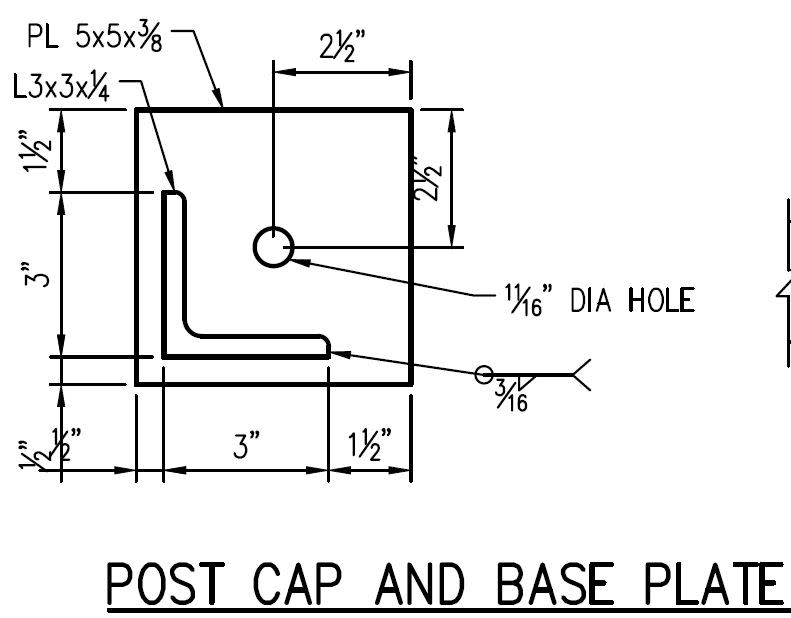AntT
Structural
- Nov 28, 2017
- 5
Hello everyone,
Could someone provide me with a reference that explains a way for designing base plates with Steel Angles (L shapes) as columns? AISC Design Guide 1 specifies the design process only for W-Shape and HSS/Pipe.
Thank you,
Anthony
Could someone provide me with a reference that explains a way for designing base plates with Steel Angles (L shapes) as columns? AISC Design Guide 1 specifies the design process only for W-Shape and HSS/Pipe.
Thank you,
Anthony

